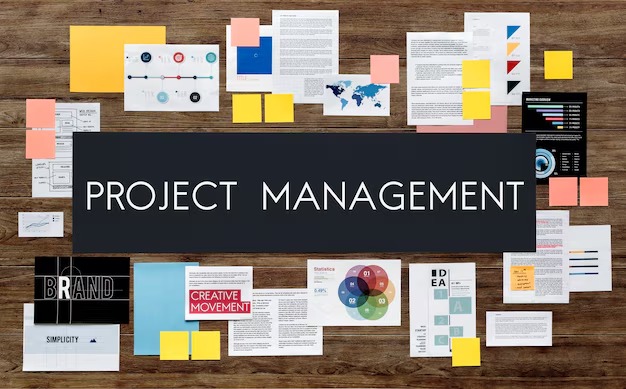Best Practices for Project Management Success
Published on January 27, 2025

Author: Yiga Richard
Effective project management is the cornerstone of any successful endeavor. Whether you're launching a new product, implementing a company-wide system, or working on client deliverables, mastering project management practices is essential for delivering results on time, within budget, and to stakeholders' satisfaction.
In this blog, we’ll explore best practices to help you manage projects efficiently, avoid common pitfalls, and achieve your goals.
1. Clearly Define Project Objectives
Every successful project begins with a clear understanding of its purpose and objectives. Establish specific, measurable, attainable, relevant, and time-bound (SMART) goals to provide a clear direction for your team.
Tips for Setting Objectives:
- Collaborate with stakeholders to align on goals.
- Document the project scope to avoid misunderstandings.
- Break down larger objectives into smaller, actionable milestones.
2. Assemble the Right Team
Having the right mix of skills and expertise on your project team is crucial for success. Ensure that team members understand their roles and responsibilities and how their contributions impact the project’s outcomes.
Best Practices for Team Management:
- Match team members' skills to the project’s requirements.
- Encourage open communication and collaboration.
- Provide training or resources to address skill gaps.
3. Create a Comprehensive Project Plan
A well-structured project plan acts as a roadmap, guiding the team through each phase of the project. It should include timelines, deliverables, resource allocation, and risk management strategies.
Key Components of a Project Plan:
- A detailed work breakdown structure (WBS).
- Gantt charts or other visual tools for tracking progress.
- A risk management plan to address potential challenges.
4. Leverage Technology for Efficiency
Project management tools and software can streamline communication, task tracking, and resource allocation. These tools not only enhance transparency but also help keep everyone on the same page.
Popular Project Management Tools:
- Trello: A visual tool for task organization and tracking.
- Asana: Ideal for managing tasks, deadlines, and team collaboration.
- Monday.com: A customizable platform for project tracking.
- Microsoft Project: Comprehensive planning and scheduling software.
5. Establish Effective Communication Channels
Clear and consistent communication is vital to the success of any project. Ensure that all stakeholders are informed of progress, changes, and potential risks throughout the project lifecycle.
Communication Tips:
- Schedule regular team meetings and status updates.
- Use collaboration tools like Slack or Microsoft Teams.
- Create a communication plan outlining who needs to be informed and when.
6. Manage Risks Proactively
Every project comes with its own set of risks. Identifying and addressing potential challenges early can save time and resources down the line.
Steps for Risk Management:
- Identify potential risks during the planning phase.
- Assess the likelihood and impact of each risk.
- Develop mitigation strategies and contingency plans.
7. Monitor and Adjust as Needed
Projects rarely go exactly as planned. Regular monitoring and flexibility to adjust to changes are essential for staying on track.
Best Practices for Monitoring:
- Use project dashboards to track progress in real time.
- Conduct periodic reviews to identify areas for improvement.
- Be open to feedback from team members and stakeholders.
8. Focus on Quality Control
Delivering a high-quality outcome should be a top priority. Incorporate quality checks at each stage of the project to ensure deliverables meet the required standards.
Quality Control Tips:
- Set clear quality benchmarks.
- Perform regular testing and reviews.
- Document lessons learned for future improvement.
9. Close the Project Properly
The project’s completion doesn’t mark the end of the process. A proper project closure involves evaluating its success, documenting lessons learned, and celebrating the team’s achievements.
Steps for Closing a Project:
- Review deliverables with stakeholders.
- Conduct a post-project analysis to assess performance.
- Archive project documentation for future reference.
Conclusion
Mastering project management best practices is key to delivering successful outcomes. By setting clear objectives, assembling the right team, leveraging technology, and maintaining effective communication, you can ensure that your projects run smoothly and achieve their desired results.
Remember, project management is as much about adaptability as it is about planning. Stay proactive, learn from challenges, and continuously refine your approach for future success.